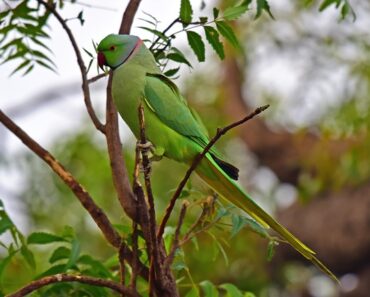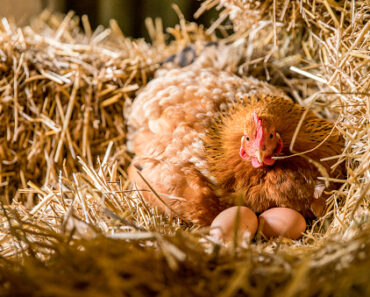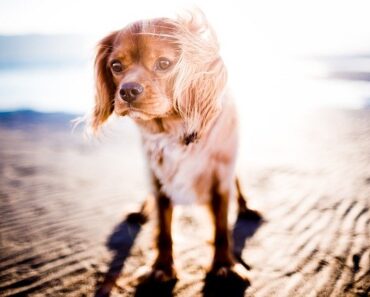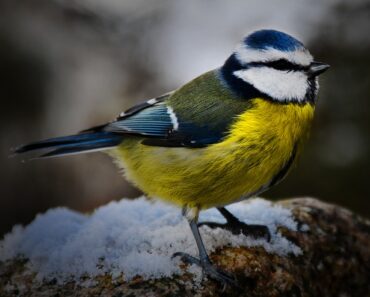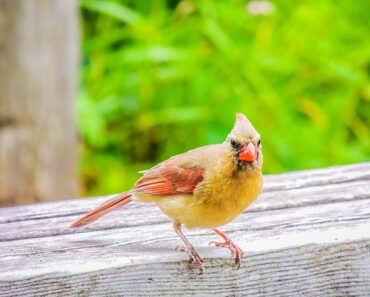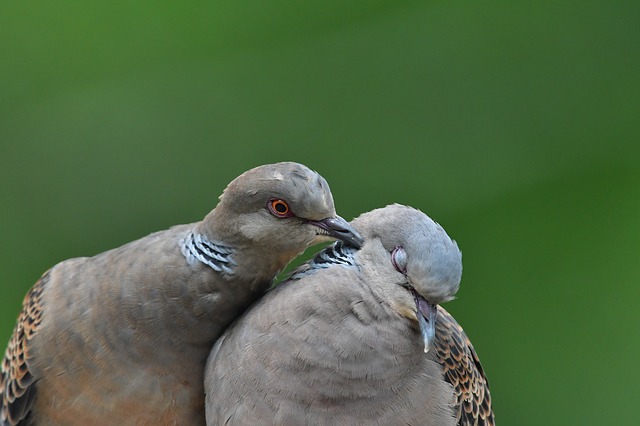
Pigeons and turtledoves
Birds of the Columbidae family are among the most well known and widespread species. They inhabit the cities, countryside and natural environments of the world, with the exception of Antarctica and the most arid regions of the Sahara. We usually call them pigeons, doves or turtle doves, simply, according to local customs, but each species has its own characteristics.
All Columbidae have a diet of almost all plant origin and their food is mostly composed of seeds and cereals.
The main anatomical differences between pigeons and turtle doves are the larger size of the former and the larger grace of the latter.
Doves generally have a more elongated body, a smaller head, a weak beak and a rather long tail.
The vast majority of species are bred for their beauty and characteristics, by amateurs who aspire to win prizes at shows and competitions; others may be bred as pigeons for human consumption, others still in a pigeon house but most often in an aviary or cage.
Breeding
Already practiced by the Babylonians and Egyptians and widespread in ancient Greece, pigeon breeding has also flourished from the Middle Ages to the present day. With the exception of the breeding of “carrier” pigeons, which, thanks to their acute sense of orientation, were used to send messages, and of the so-called “ornamental” breeding species, to satisfy the desire for originality of small groups of individuals, today the breeding of this beautiful bird species is mainly oriented for the production of meat, due to the high fertility and fecundity of this species.
Among the meat pigeons, the main breeds are represented by the White King and the Texan Pioneer. The breeding of these breeds is often done in large sheds where large cages are placed, which will accommodate the “pairs” of animals. Each box usually contains 16 to 24 “pairs” and has a feed hopper and a watering trough one made of plastic or stainless steel, connected to a central tank to which vitamins and food supplements are added. The depth of the drinkers must be at least 3 cm, because the pigeon, unlike other birds, swallows liquids by suction and not by gravity. In addition to these accessories, the presence of a nest for the brood and an aviary (a kind of cage turned outwards to improve the bird’s well-being) are necessary and indispensable. In each cage, a screen with a septic tank should be placed (to be cleaned regularly) and a coarse sand litter. To maintain the plumage in excellent condition, it is advisable to place in the cage water basins for bird washing.
Once the eggs are laid by the female, it takes about 18 days before they hatch. Both the female and the male take care of the hatching and weaning. When the young have reached about 10-12 days of life, they will be fitted with a ring, which represents the identity of the animal’s identity card and issued by the competent authorities. It allows to know all the essential information such as the date of birth, the country of origin and the place of breeding. Young pigeons have their own needs, so they should be kept separate from the adult specimens, preferably by placing them in individual cages. Uncoupled adults also need a dedicated space to avoid disturbing the couples and the young. The pigeon, is a territorial animal and will therefore tend to defend its space from any intrusion.
The pigeon’s life perspective is very long and can go up to 20 years. The animal must be fed with cereals rich in vitamins and trace elements, snail shells (for a correct calcium intake), tender grasses and shoots. The adult dovecote moults: it changes its feathers once a year and during this period it must stay in a place that is neither too wet nor too dry, in order to avoid falling ill.

